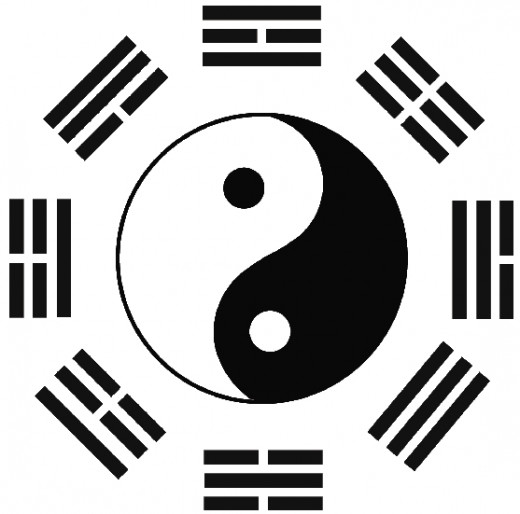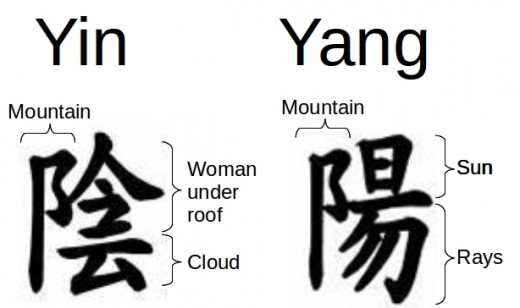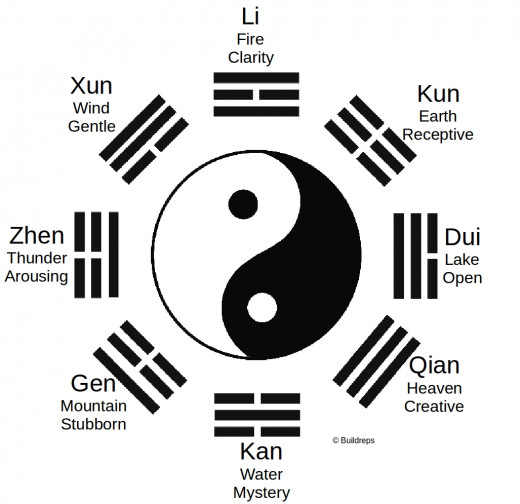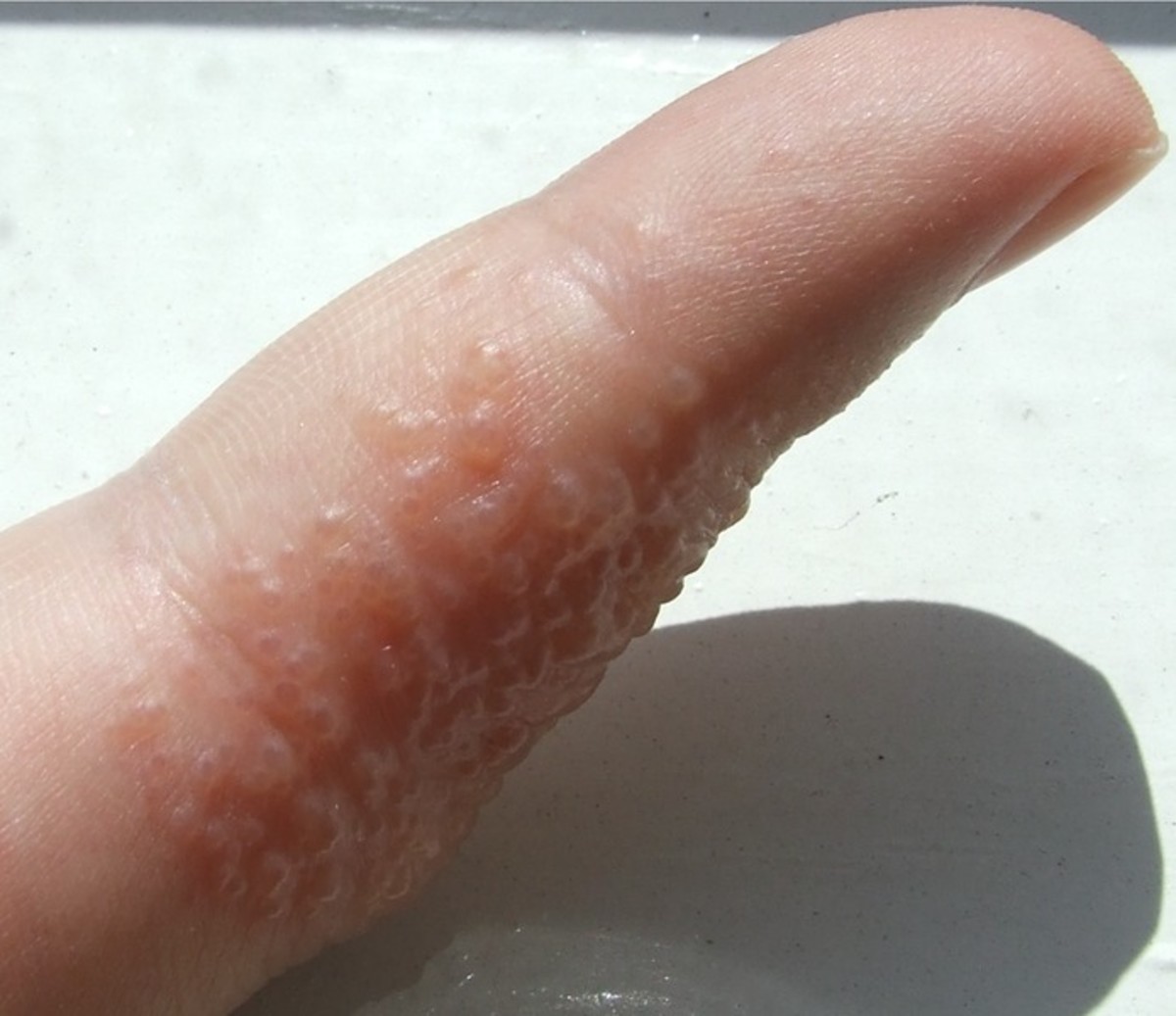- HubPages»
- Health»
- Alternative & Natural Medicine»
- Whole-Body Health & Holistic Medicine
Oriental Diagnosis and Medicine - An Introduction

Test Your Knowledge
What do you think?
Eastern Medicine and the Art of Diagnosis
The art of Eastern medicine especially from China and Japan are by far the oldest and most advanced in the world. The philosophy of the Eastern medicine is almost diametrically opposed to the Western treatments. Western treatments are mostly based upon suppressing the symptoms, while Eastern treatments are based on the relation between human and environment.
In the earliest writings about the causes of diseases emphasis was on the dynamic balance between health of an individual, his diet, activities, climate and his mental attitude. Not a single aspect was dissociated from one another.
In the Western medicine diagnosis is used to classify symptoms that already presented themselves, without any knowledge of the subtle interrelationships in the human system.
Every individual is a walking history of his development - the strengths and weaknesses of our parents, the environment in which we grew up, the food we eat, the thoughts we have, the things we do, etcetera - everything will find an expression in our body. Our posture, facial expression, skin colour, the timbre of our voice are an expression of the state our blood, nervous system, skin, organs and bones are in.
There is not one disease that develops spontaneously without a cause. The art of diagnosis is recognizing the signs that precede a more serious disease. The diagnosis depends of the sharpness of perception of the practitioner as well as a consistent observation and a profound understanding of the complex human system.

Yin and Yang
The Yin-Yang symbol stands for the ancient Chinese understanding how the Universe works.
The outer circle represents everything. The black and white 'whirling' shapes within the circle represent the interaction of two opposing complementary energies, respectively called Yin and Yang the complementary forces that makes everything happen. They are not literally black or white, just as things in life are not completely black or white, and they can not exist without each other.
The universe - all there is and is not, is called the Tao (道). The Tao is not to know, not to understand nor to interpret. The Tao manifests itself in an infinite amount of two opposite values: Yin and Yang. They are continuous in harmony with each other and are constantly subject to change.
Yin is femininity that stands for earth, cold, dark, passive, downward, north, humidity and weak. Yang symbolizes masculinity that stands for heaven, brightness, active, heat, south, drought, strong and expansion.
If the trend of a movement is astringent or centripetal, then Yang dominating force. This contraction brings forth i.a. compactness, activity, warmth and heaviness. If the dominant force is expansion then occurs diffusion, resulting in cold, less weight and less movement.
None of the forces is more or less important - the essence of the Universal harmony from the smallest to the largest cannot exist without this order.

The 7 Laws of the Universe
The principles and theorems described by Yin and Yang are summarized in 7 main Laws. Without full understanding of these principles one cannot understand the basics of the Eastern philosophy and healing techniques.
- All visible and invisible phenomenons are manifestations of Unity.
- All visible and invisible phenomenons are different from all the other.
- All visible and invisible phenomenons are constantly subjected to change.
- All visible and invisible phenomenons have a beginning and an end.
- All visible and invisible phenomenons have a front and back side.
- The larger the front, the larger the back.
- All antagonisms are complementary.
These principles are dynamical, and not static and rigid as the Aristotelian logic assumes, but dynamical according to the Pythagorean logic - all things are numbers and are constantly subject to change.
The Unifying Principle
The Eastern philosophy distinguishes 10 theorem’s that describes the creation and operation of the relative world in which we live.
- Unity manifests itself continuously, at all places and moments as division of itself that creates two forces: centrifugality (expansion=Yin) and centripetally (contraction=Yang).
- Yin and Yang constantly change in one another.
- at the ends of every development Yin starts to produce Yang and vice versa.
- Yin attracts Yang and vice versa.
- The attractive force between Yin and Yang increases when the difference between them increases and vice versa.
- Yin repels Yin and Yang repels Yang.
- The repelling force between Yin and Yin (and Yang and Yang) becomes smaller as the difference between Yin and Yin increases. The repelling force increases as the difference decreases.
- Yin and Yang combined in an infinite variety of ratios produce energy and phenomena that are visible and invisible.
- Not a single phenomena is only Yin or only Yang. Every phenomenon is composed of Yin and Yang.
- No phenomenon is in perfect balance. All phenomena are composed of unequal parts Yin and Yang, hence the driving force of the Universe.
Classification of Yin and Yang
Nature
| Yin
| Yang
|
|---|---|---|
Sex
| Female
| Male
|
Trend
| Expansion
| Contraction
|
Position
| Outside
| Inside
|
Structure
| Space
| Time
|
Direction
| Down
| Up
|
Colour
| Purple
| Red
|
Weight
| Light
| Heavy
|
Katalyst
| Water
| Fire
|
Atom
| Electron
| Proton
|
Elements
| K, O, P, Ca, N
| H, As, Cl, Na, C
|
Light
| Dark
| Bright
|
Construction
| Outer
| Inner
|
Vibration
| Short wave
| Long wave
|
Labour
| Mental
| Physical
|
Attitude
| Soft, negative
| Active, positive
|
Biological
| Vegetable
| Animal
|
Agronomic
| Leafy vegetables
| Cereals
|
Nerves
| Orthosympathetic
| Parasympathetic
|
Birth
| Cold season
| Warm season
|
Taste
| Hot, acid, sweet
| Salt, bitter
|
Vitamines
| C
| K, D
|
Country of origin
| Tropical
| Moderate to cold
|
Seasonality
| Summer
| Winter
|
Diet and Diagnosis
An unhealthy diet is indisputable the cause of most diseases.
A well balanced and healthy diet is at the basis of the Eastern medicine - it must be a reflection of someone's development, the environment and the type of activities in which we are involved.
Yin and Yang are the instruments to discover how our diet should look like and how it can be adjusted to our personal needs. If our diet does not enable us to respond to changes in climate and our activities as they evolve, diseases will occur.
Yin and Yang is expressed in the annual cycle of vegetative energy. That means Yin plants grow in Yang climate and vice versa. Winter is cold and humid = Yin. During this time of the year the energy of plants descends to the roots (Yang). In the summer it is warm and dry (Yang). The energy of the plants expands to the outside (Yin).
Summer plants grow fast, contain more water and are light. Winter plants on the contrary are dry, grow slowly and are heavier. Eating in accordance with the seasons promotes our health.
Many indications in Eastern diagnosis show shortages or excess in our diet. If we are able to notice these indicators, we are able to make positive changes in our nutrition. Our health responds quickly to little changes and will reverse an impending illness.
In the Western world this diet is also called macrobiotic diet, and often associated with pale tired looking snotty people. This is in many cases caused by ignorance of the subject which results in an unbalanced diet with too less calories, proteins and vitamins.
Classification of Organs
The Eastern medicine is very extensive and complex, and consists of many disciplines.
In the next series of articles, that are based on the principles of the Japanese Michio Kushi, the diagnosis techniques are based on the shape of organs, limbs, facial expressions, skin, eyes, behaviour, etcetera.
The more solid organs like for example heart, liver, spleen are classified as Yang. The hollow organs like for example stomach, bladder, intestines are classified as Yin.
In most acupuncture literature this might be vice versa. In acupuncture the classification is based on the quality or type of energy.
Next series: Oriental Diagnosis and Medicine - The Dynamics of the Face
© 2015 by Buildreps






